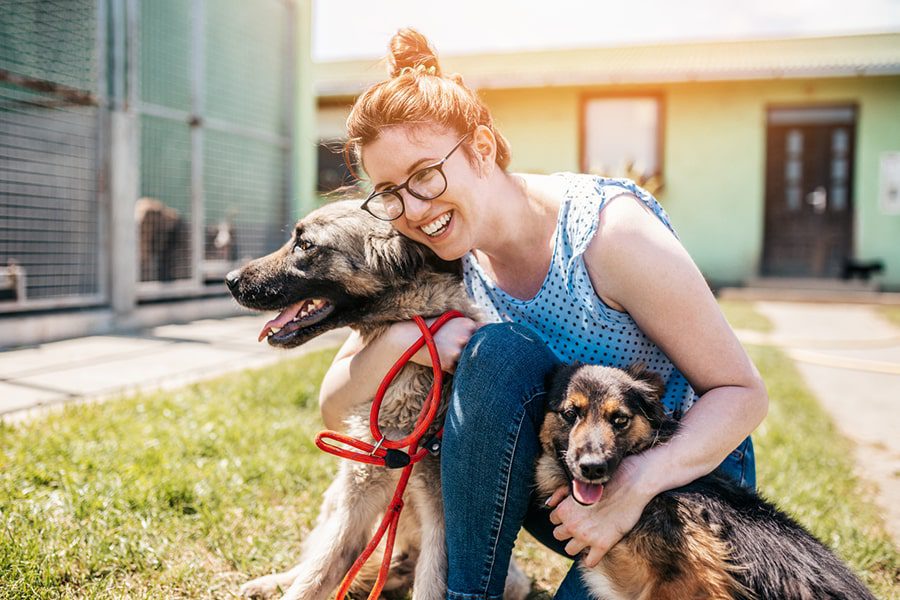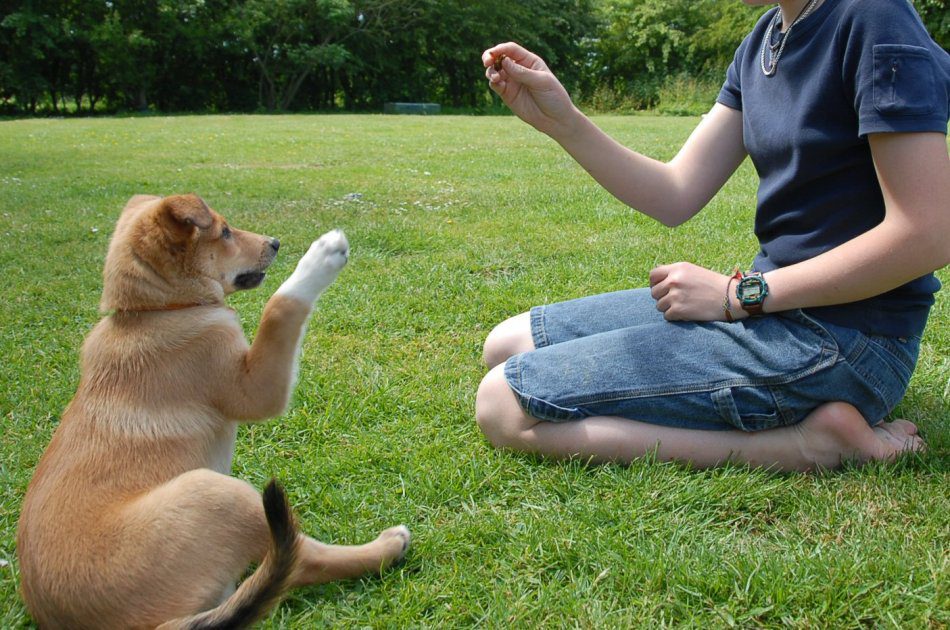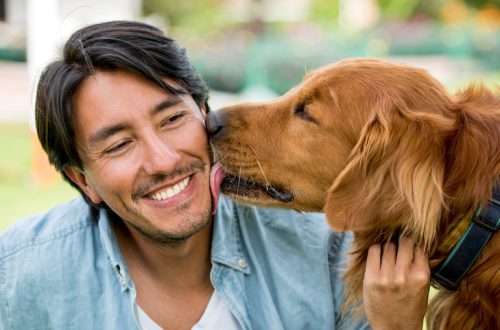
Dog Shelter: How can you help?
Sometimes we feel sorry for shelter dogs, but at the same time we cannot take them home. A complete set of their animals, the inability to provide a decent standard of living, cramped living conditions … there can be many reasons, and all are good. However, in this case, dogs can be helped. How? Let’s look at the options.
Contents
Shelter dog training
Unfortunately, most often there are a lot of dogs in the shelter, and very few people who care for them. In addition, not all of them can find an approach to dogs and train them in humane ways. Alas, it happens that shelter dogs subsequently need “rehabilitation” after the ways of communication used by staff and volunteers. At the same time, a dog that has at least an initial training course has a much better chance of finding a loving family. Potential owners are much more likely to adopt a dog that demonstrates a willingness to listen and hear a person than a wild creature that promises more trouble than joy from companionship. And at least a minimally trained dog has more chances not to return to the shelter. There are no dogs that cannot learn the simplest things (if they are physically capable of them). There are those to which it was not possible to find an approach. For this, it is not necessary to be a dog handler. There is a wealth of literature and online courses that provide information on training dogs in a humane way. This is enough to help the dog you like. So if you feel the desire and strength in yourself to increase the dog’s chances of being adopted, this is a great way.
There are no dogs that cannot learn the simplest things (if they are physically capable of them). There are those to which it was not possible to find an approach. For this, it is not necessary to be a dog handler. There is a wealth of literature and online courses that provide information on training dogs in a humane way. This is enough to help the dog you like. So if you feel the desire and strength in yourself to increase the dog’s chances of being adopted, this is a great way.
Shelter dog care
Alas, the overcrowding of the shelter and the lack of human resources lead to the fact that they are not always cared for at least the minimum acceptable level. Poor-quality feeding, irregular cleaning of enclosures, not to mention the lack of walking is a sad reality that dogs face in shelters. And it is unlikely that anyone will mind if you take on any of these duties. Moreover, if the importance of feeding and cleaning is obvious, then walks are often underestimated. And they walk the dogs according to the residual principle, and sometimes they just let them out into a special pen – but this has nothing to do with a walk. Meanwhile, walks are vital for any dog, especially a timid one, with which they rarely walk. Walking is an opportunity to explore new scents, meet other dogs and people, and see different places. This gives the dog the understanding that the world is not limited to the space of the enclosure.
Walking is an opportunity to explore new scents, meet other dogs and people, and see different places. This gives the dog the understanding that the world is not limited to the space of the enclosure.
Photographing dogs from a shelter
In order for a dog to “hook” a potential owner, high-quality photographs are very important: not compassionate, but lively, vivid and emotional. The photographer is required not only equipment, but also a share of imagination, the ability to distinguish a particular dog from many others and show its merits. If you feel such abilities in yourself and want to help animals, there will be no price for you. In addition, after training, you may well become a professional animal photographer.
“What if I’m allergic to dogs?”
If the desire to help disadvantaged dogs is struggling with allergies, you can choose a field of activity that does not require direct contact with four-legged animals. For example, writing texts. The secret is that they should not be tearful (this is often a sin, but such a presentation only repels many people), but literate, truthful and written in good language, with a sense of humor. It is important that information about the dog is reliable. Otherwise, if the potential owner sees a discrepancy, he will feel cheated. This will definitely not help the dog find a new home. Another way to talk about the dog and show it in all its glory is a page on social networks. This is also a great opportunity to help the shelter without close contact with the dogs, which, however, will require time and special skills from you (in particular, an understanding of how social networks work). And, of course, financial assistance (not necessarily money, but also food, leashes, bedding and other vital things), which is never superfluous for shelter dogs.
And, of course, financial assistance (not necessarily money, but also food, leashes, bedding and other vital things), which is never superfluous for shelter dogs.





